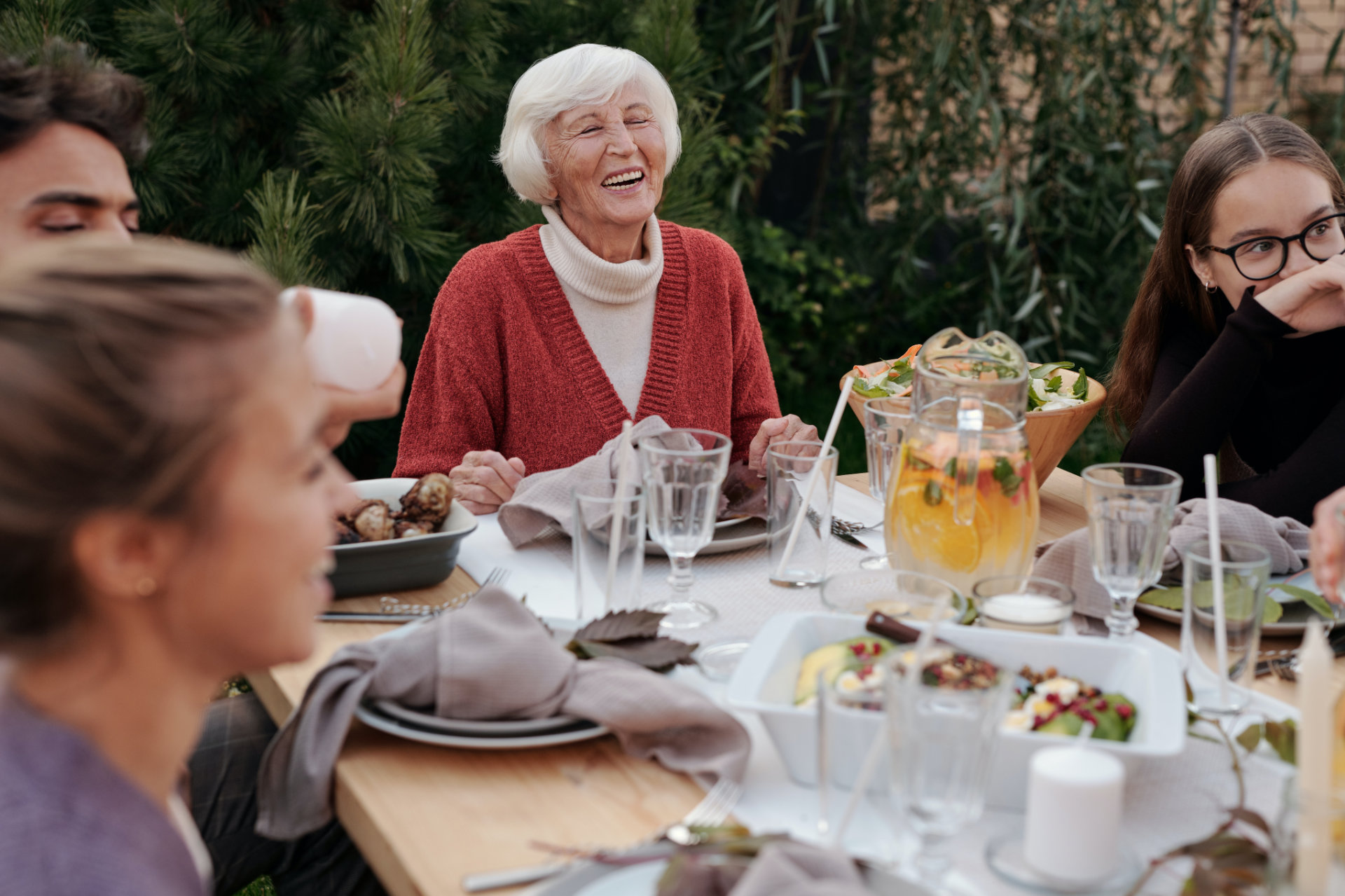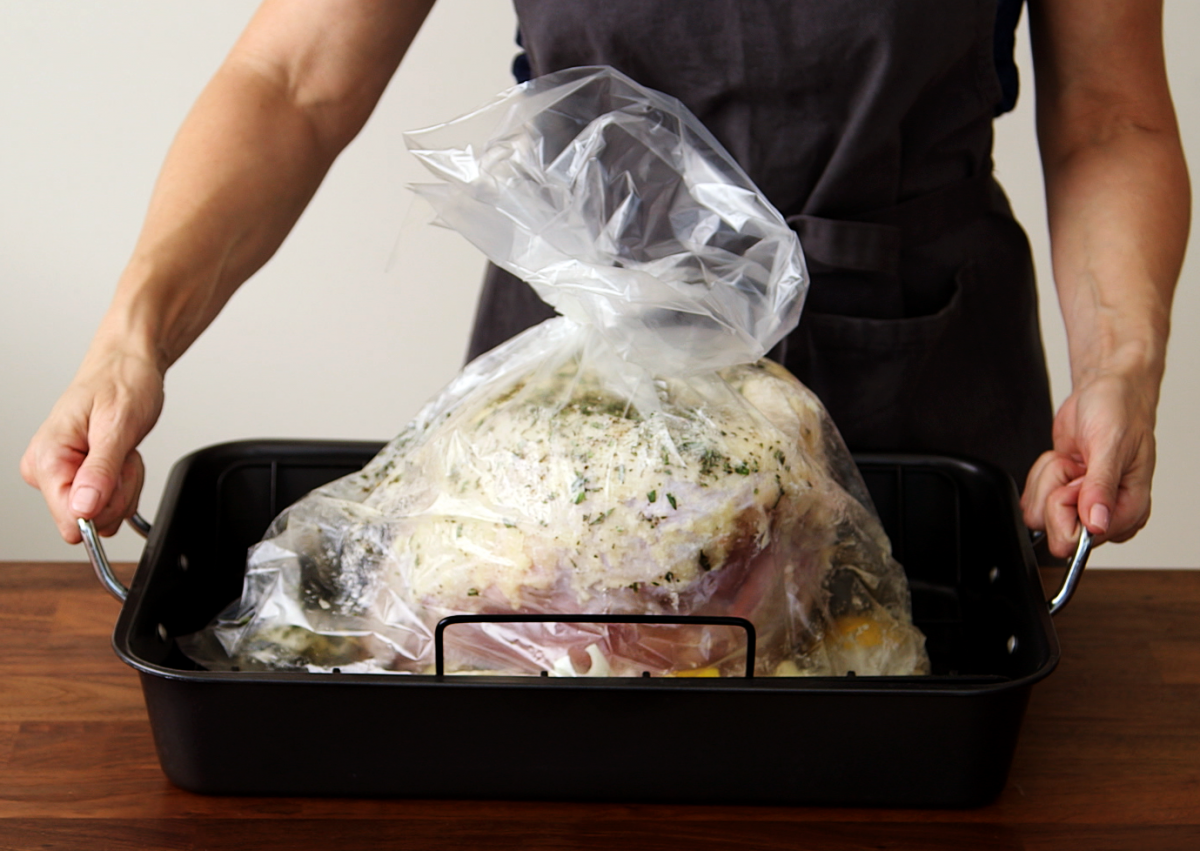
In recent times, cooking bags have risen in popularity for several convincing reasons. They are capable of retaining flavours and juices, making meal preparation super convenient, and also making cleanup a breeze.
Not only that, cooking bags are very flexible, meaning they can be used to cook a huge range of dishes, from succulent juicy meats to delicious desserts.
They are compatible with ovens, slow cookers, and even barbecues. The real question is, are cooking bags safe to use?
Read on to find out more about cooking bags, why they are so brilliant and how to safely use them to make delicious and easy-to-clean meals.
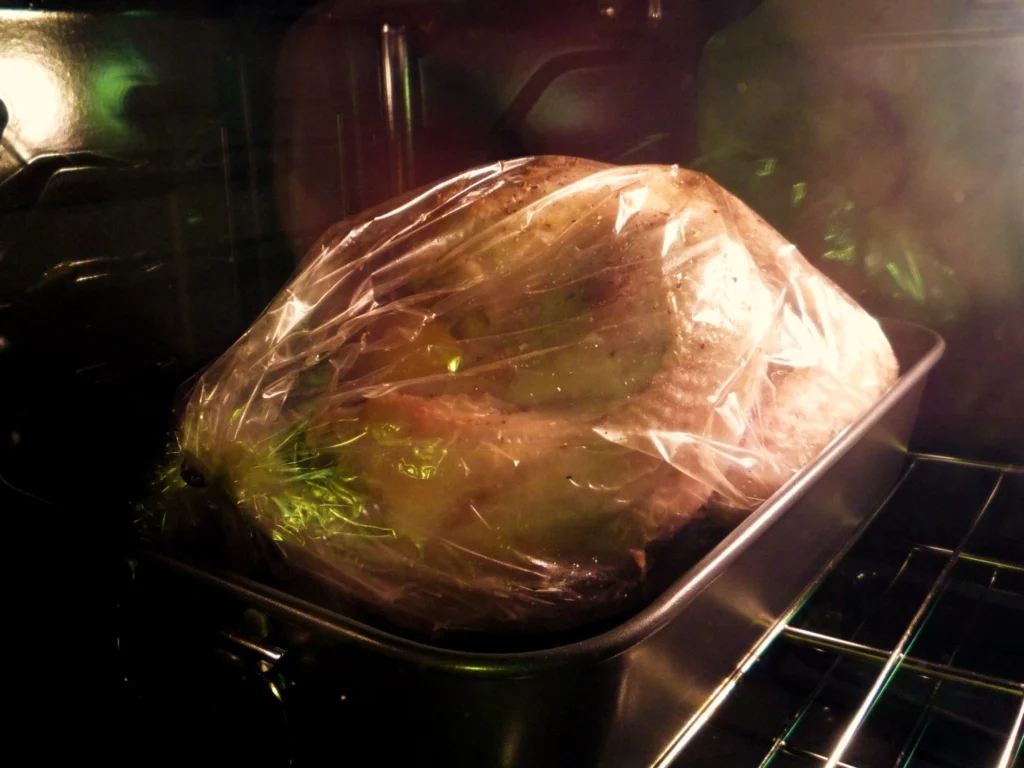
The Different Types of Cooking Bags
Cooking bags come in various materials, each with its own qualities and safety considerations. The most common types of cooking bags are:.
- Polyethylene Bags: – These bags are known for their versatility, often used in a variety of ways. When used correctly, they are generally safe for cooking.
- Oven Baking Bags: Designed for roasting poultry, meat, or vegetables in the oven. These bags specialise in retaining moisture and enhancing the tenderness of cooked food.
- Slow Cooker Bags: Tailored for use in slow cookers, these bags simplify cleanup by containing any spills or mess within the bag, to then be thrown out with ease.
- Microwave Steaming Bags: These bags are specifically engineered for steaming vegetables and other foods in microwave ovens, providing a hassle-free cooking experience.
- Silicone Cooking Bags: Silicone bags are a more recent addition to the cooking bag repertoire. They are heat-resistant, reusable, and a favoured choice for eco-friendly cooks.
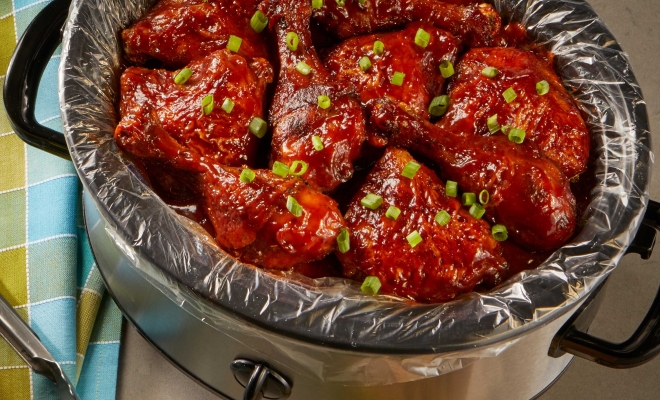
Why You Should Use Cooking Bags & Their Benefits
The popularity of cooking bags is on the rise, driven by our need for convenient and efficient meal preparation methods. Nowadays, time is often a luxury, cooking bags are an alternative cooking method that has many benefits, including:
- Enhanced Flavour: Cooking bags excel at retaining moisture, resulting in delicious dishes.
- Reduced Cooking Time: The closed-up environment within the bag speeds up the cooking process compared to traditional methods.
- Ease of Cleaning: Cooking bags reduce mess in ovens, cookers, or microwaves, making cleanup quick and easy.
- Healthier Meals: By preventing food from drying out, cooking bags eliminate the need for excess oils or fats, leading to healthier dishes.
- Versatility: Cooking bags can be employed in various cooking techniques, such as roasting, microwave steaming, and more!
Whilst cooking bags are superb to cook with, it is important to understand the concerns around safely using them and taking the necessary precautions to ensure they’re used appropriately.
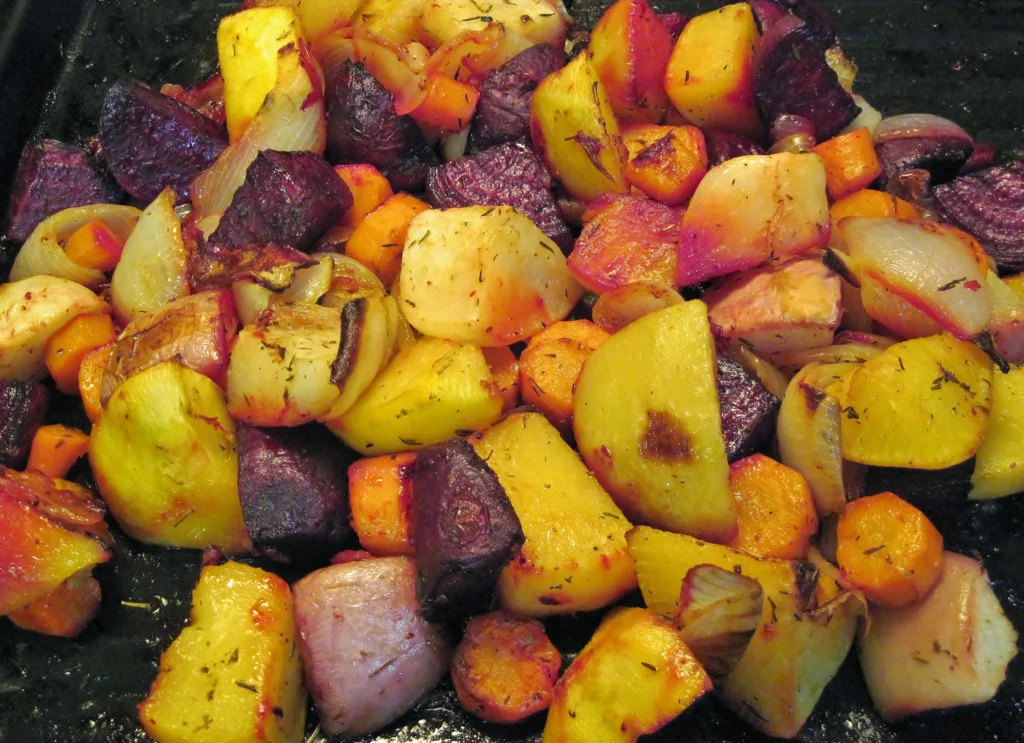
How To Handle And Use Cooking Bags Safely
Proper handling and use of cooking bags are vital to ensure food safety:
- Choose the Right Cooking Bags: Select cooking bags made from BPA-free, food-grade materials, as they are designed to be safe for culinary use. Silicone cooking bags are BPA-free and can be safely used in many cooking appliances.
- Seal Securely: When using cooking bags, ensure they are securely closed to prevent leakage during the cooking process. Many cooking bags come with twist ties or clips to seal them.
- Vent Properly: Create a small vent in the cooking bag before placing it in the oven, cooker, or microwave. Proper venting allows steam to escape, stopping pressure from building up inside the bag, which usually leads to bursting.
- Stick to Recommended Cooking Times and Temperatures: Different foods require specific cooking times and temperatures. Always follow the instructions provided on the cooking bag’s packaging to ensure safe and delicious results.
- Prevent Cross-Contamination: To avoid cross-contamination, use separate cooking bags for different types of food, and store cooking bags separately from raw meat, seafood, and poultry. Promptly refrigerate any cooked food that will not be consumed immediately.
- Check for Damages and Expiry: Inspect cooking bags for damages and check their expiry dates. Using damaged or expired bags can compromise the safety, taste, and quality of your food.
- Hot Tip: Use a thermometer to monitor the internal temperature of your food for precise cooking.
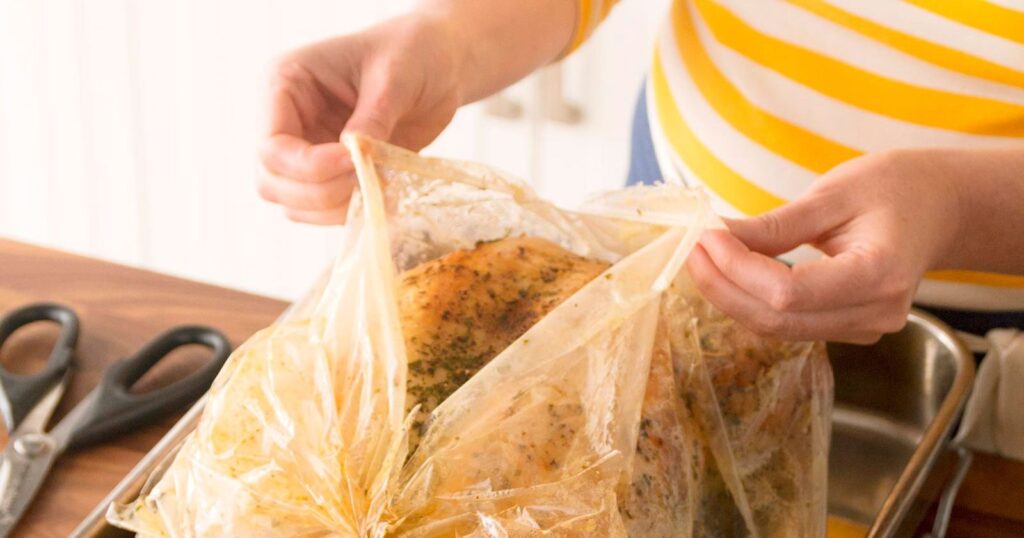
Understanding Cooking Bag Guidelines
As always, it is important to always follow the manufacturer’s instructions and guidelines when using cooking bags. These guidelines cover sealing the bags securely, providing proper ventilation, and setting the correct cooking time and temperature.
Following these guidelines will enhance the quality of your meals and keep your cooking appliances free from potential damage.
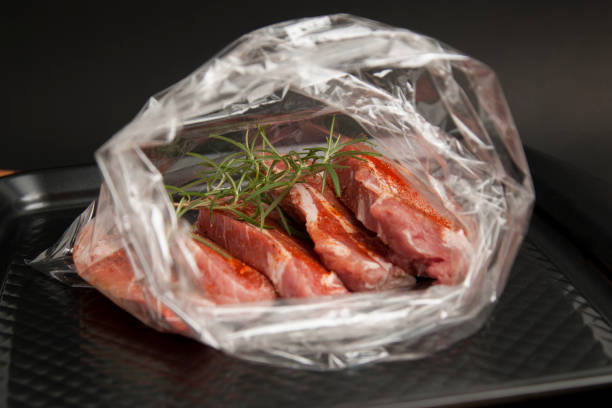
Cooking bags offer a good balance, between making delicious healthy meals in convenient and safe environments. In selecting BPA-free, food-grade cooking bags and following recommended guidelines, you can enjoy all the benefits of cooking bags while looking after your health and enjoying your food.
Embrace cooking bags and explore the wonderful world of juicy flavours and textures to savour in your next meal prep or family dinner!
For more information about our fresh produce, and catering options check out our products or contact us today and speak to one of our friendly staff members.

